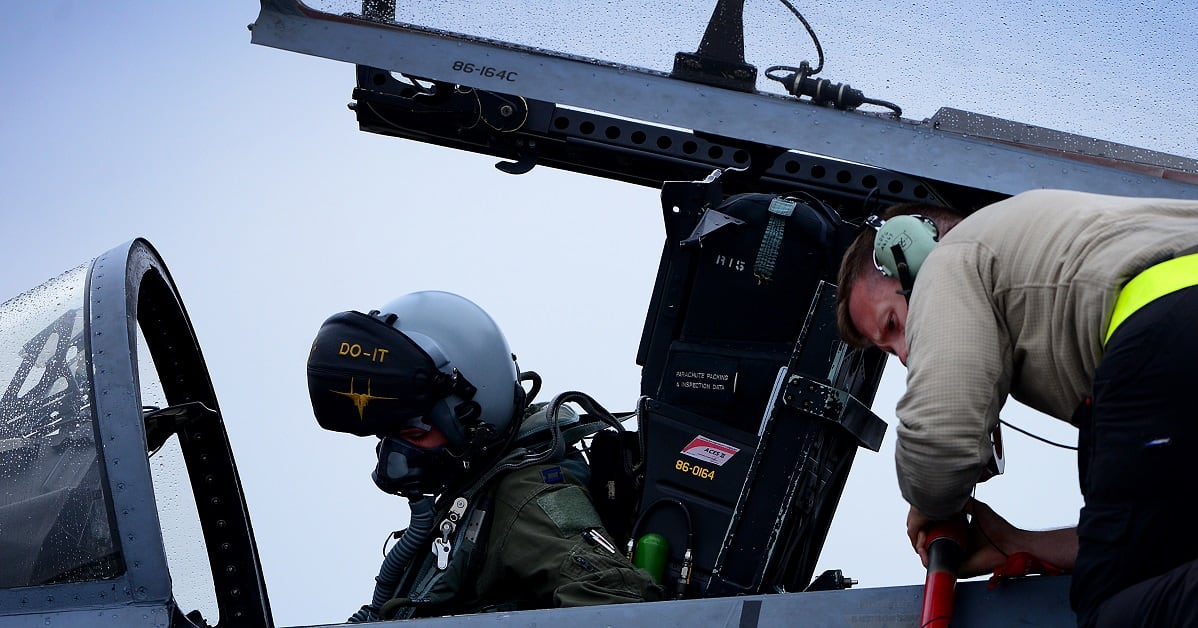WASHINGTON — Estonia’s military is prioritizing the purchase of a midrange air defense system as the country seeks to plug a capability gap its defense minister called the result of a “total oversight” by NATO.
During a Washington trip to attend Sen. John McCain’s funeral, Estonian Defence Minister Jüri Luik told Defense News that NATO made a strategic mistake in the years following the collapse of the Soviet Union by not building up air defense capabilities, outside of rotational deployments of aircraft.
“For a long time, there was no consideration that you would actively have to close the airspace at some point. So NATO countries have very weak air defense capabilities,” Luik said. “I think this is one of the priority systems, or priority areas, which every [one of the allied] countries should develop.”
“I have to say with sadness that very few NATO countries actually have proper air defense capabilities. That is one of the areas which was gravely mismanaged, or was not under any attention,” he added. “I think that was a total oversight. But, of course, it was based on the idea that the era of big power tensions is over.”
Luik hopes to put Estonia’s money where his mouth is. The country in June signed an agreement with MBDA to purchase more Mistral short-range air defense weapons, but has its eyes on adding another layer of protection.
The country is looking at procuring a medium-range air defense system, similar to the Kongsberg network-centric air defence system, or NASAMS, purchased by Lithuania, which is also in use by Finland. While not declaring Estonia would also go after NASAMS, Luik acknowledged that regional air defense systems “should be as close as possible coordinated” with neighborhood countries.
However, such a system is “the only step which is even theoretically available to our country with our defense spending,” Luik said, even if the upcoming March elections lead to a government willing to increase defense spending to about 2.5 percent of gross domestic product. (At the worst, Luik predicts, defense spending would remain flat.)
RELATED

Compounding the challenge: While NATO was laying off air-dominance investments, Russia was doubling down on that capability, with the goal of being able to close off entire chunks of airspace to NATO jets.
Luik points to “massive” buildups of weapons and equipment in Leningrad, Pskov and especially the Kaliningrad regions, including long-range standoff weapons like the Iskander missile, as a dangerous sign that the Baltics cannot afford to ignore.
“Any Russian threat depends on what we do. Because if we are firm, if we are clear, if we are strong, then the likelihood of Russian threat goes down immediately,” he said. “If we are weak, if we show hesitation, then the Russia threat goes up.
“We cannot change what Russia does. But we can be sure that what we do really corresponds to the needs of the Western alliance and to the security of the Western allies.”
Aaron Mehta was deputy editor and senior Pentagon correspondent for Defense News, covering policy, strategy and acquisition at the highest levels of the Defense Department and its international partners.





